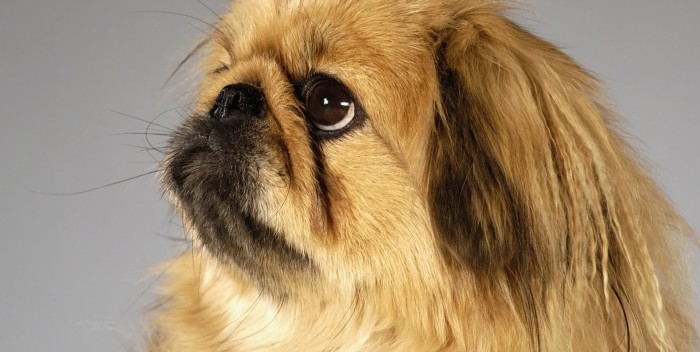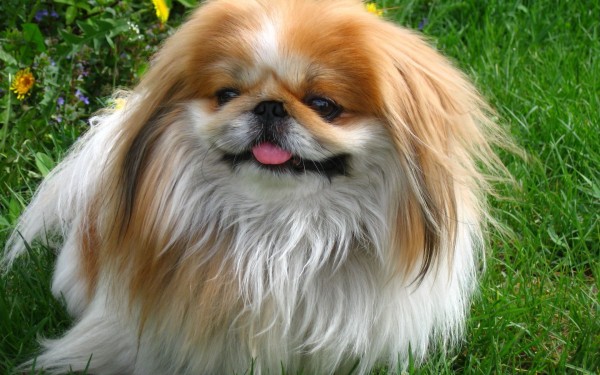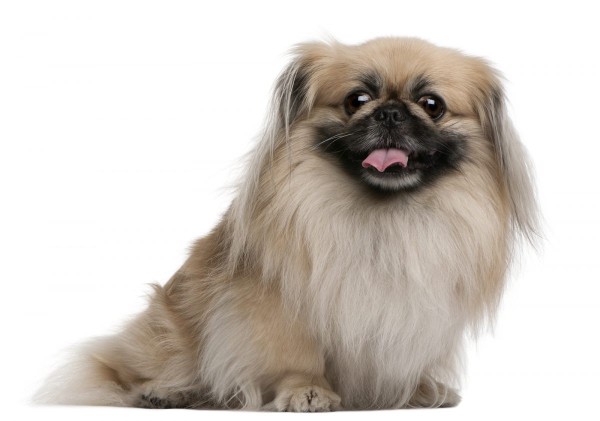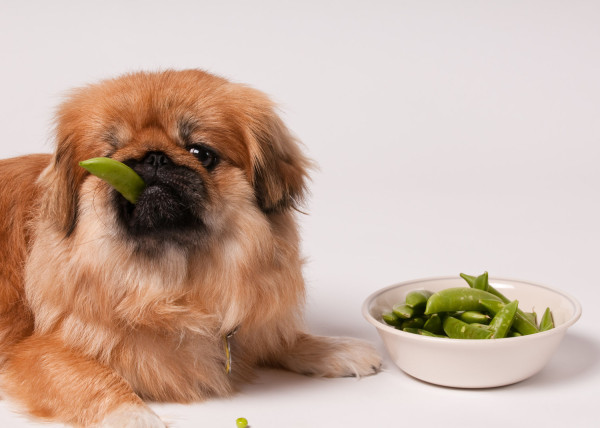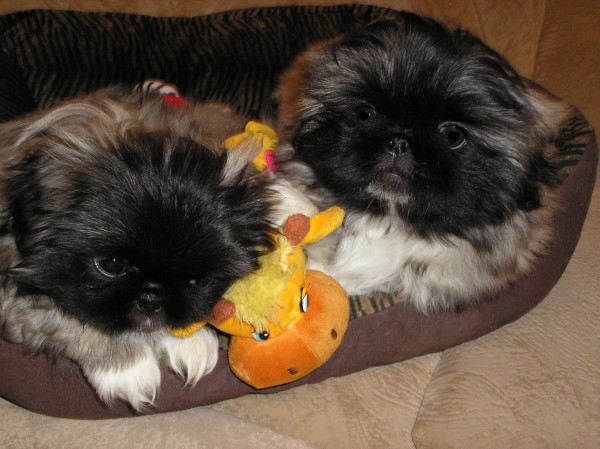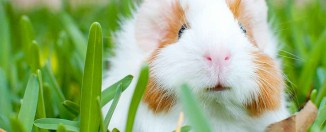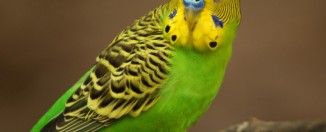Pekingese: care, feeding, illness
Little charming Pekingese has a perky character. This breed of dog has an ancient history spanning several centuries. Now the Pekingese are among the most popular domestic dogs in the world.
Features of the breed
Outwardly, the Pekingese resembles a small lion with a long, silky hair to the very ground. The head of this dog is rather large in comparison with the body. They have an expressive flattened muzzle with a short and wide nose and dark, shiny eyes.
The ears of the Pekingese are heart-shaped and heavily covered with hair. And the tail with long silky hair can be called a real decoration of this breed of dogs. The Pekingese has a short, squat body of small size. But this does not make the dog clumsy. In general, this is a very harmonious animal with a pronounced waist and a developed chest.
The entire body of the dog is covered with straight and long hair, and a mane stands out clearly around the neck. The undercoat is particularly soft, while the top coat is quite tough and does not tangle. Pekingese can be of different colors from black to white.
Pekingese are playful and perky pets, but at the same time very touchy and vulnerable. They are distinguished by high intelligence and excellent memory. Dogs are very fond of noisy company, and when alone they become nervous and aggressive. Pekingese usually picks one family member as a friend with whom they form a close bond, while at the same time they are friendly towards others.
Pekingese care
Taking care of cute Pekingese is easy. You just need to follow the basic rules typical for caring for all long-haired dogs:
- The eyes of the dog must be given special attention. Every day you need to wipe them with a cotton swab. Purulent discharge or trauma to the eye is a mandatory reason for contacting a veterinarian.
- It is also necessary to wipe the fold over the nose every day. Moisture may collect there or an unpleasant odor may appear. In this case, you just need to use baby powder and lubricate this place with eye ointment.
- In case of contamination, the ears should also be wiped clean. A healthy dog does not need frequent ear cleaning.
- Be sure to trim the claws of the animal as they grow back. If you wish, you can also trim the hair between the toes.
- Periodically brush your Pekingese's coat with a fine, rounded tooth brush.
- You can completely bathe your Pekingese once a year, and wash your paws and genitals more often. It is also necessary to wipe the wool with a special composition of vinegar, vodka and water and in equal proportions. First, rub it along the growth of the coat, and then in the opposite direction.
- In case of hot weather, lack of time for care or if necessary to treat skin diseases dog you can get a puppy cut. The coat is sheared a little, but care is much easier.
Feeding Pekingese
If you become the master puppy Pekingese, then at first adhere to the feeding scheme used by the breeder. After a while, it will be possible to transfer the baby to a new food.
Usually puppies acquire a permanent owner at the age of 1.5 months. At this time, they need six meals a day. You can give them raw beef or boiled chicken, dairy products and warm cereals. The meat must be finely chopped and mixed with porridge. The puppy must have constant access to clean water.
After a month and a half, one feeding is reduced and a larger amount of meat food is introduced. This should be done by reducing the proportion of cereals. It is also necessary to enter cottage cheese in the Pekingese menu.
At 6 months of age, another feed is removed and fish and vegetables are introduced. By the age of 9 months, three feedings should be left, and after a year, the Pekingese are transferred completely to an adult diet. Fish and raw meat should now become the staple foods of the Pekingese. Also, the dog needs cereals and vegetables, raw or stewed. Give your pet half a clove of garlic twice a month to keep the parasites out.
If you prefer ready-made food of industrial production to natural food, then choose proven brands and high-quality food of at least premium class. Also focus on the dog's age and health.
Pekingese disease
Due to the peculiarities of the structure of the body, Pekingese often suffer from diseases of the spine. Then the dog lies for a long time, it is difficult for her to move, and touching the back causes pain. In this case, surgery or conservative treatment, which will be prescribed by the veterinarian, can help.
The flattened nose of the Pekingese makes their respiratory system imperfect. The dog quickly overheats and supercools. Therefore, in winter, you cannot walk with a Pekingese for a long time. In the summer, you need to provide the pet with unhindered access to water so that it does not overheat. Quite often, Pekingese have nosebleeds. The cause can be anything from an injury to a bacterial or viral infection. In this case, the nose of the Pekingese must be instilled with a special solution.
Another sore spot of a dog of this breed is the eyes. Dogs, due to the peculiarities of the structure of the muzzle, often injure the eyes. Therefore, always keep eye drops or penicillin solution with you to help your pet in time. Sometimes the eye can even fall out due to a blow. Then it is necessary to moisten a napkin with saline and apply to the eye. The dog needs to be brought to the vet as soon as possible to try to save his eyesight.
